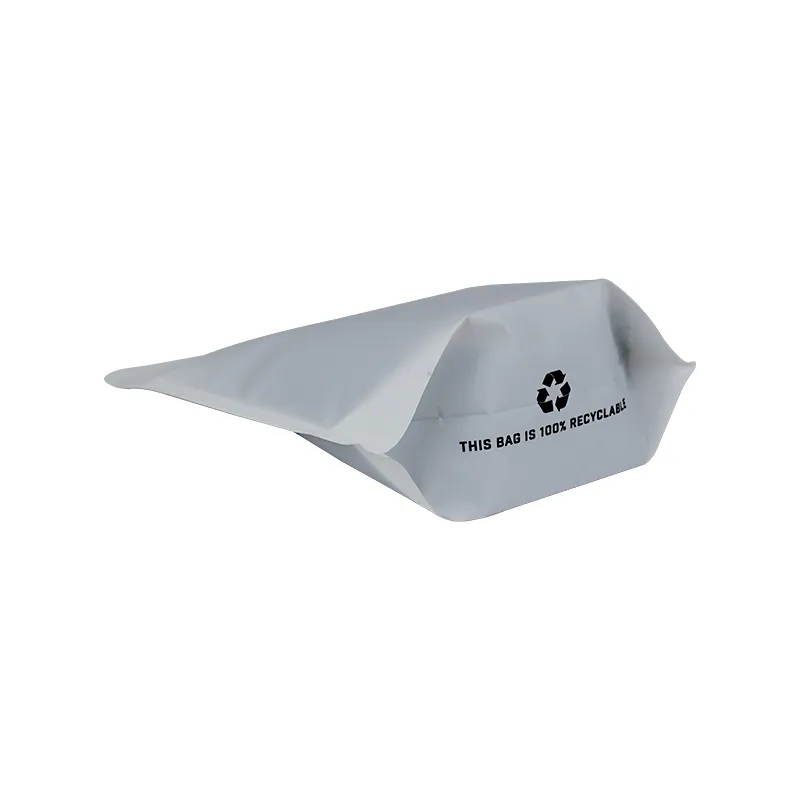- Afrikaans
- Albanian
- Amharic
- Arabic
- Armenian
- Azerbaijani
- Basque
- Belarusian
- Bengali
- Bosnian
- Bulgarian
- Catalan
- Cebuano
- chinese_simplified
- chinese_traditional
- Corsican
- Croatian
- Czech
- Danish
- Dutch
- English
- Esperanto
- Estonian
- Finnish
- French
- Frisian
- Galician
- Georgian
- German
- Greek
- Gujarati
- haitian_creole
- hausa
- hawaiian
- Hebrew
- Hindi
- Miao
- Hungarian
- Icelandic
- igbo
- Indonesian
- irish
- Italian
- Japanese
- Javanese
- Kannada
- kazakh
- Khmer
- Rwandese
- Korean
- Kurdish
- Kyrgyz
- Lao
- Latin
- Latvian
- Lithuanian
- Luxembourgish
- Macedonian
- Malgashi
- Malay
- Malayalam
- Maltese
- Maori
- Marathi
- Mongolian
- Myanmar
- Nepali
- Norwegian
- Norwegian
- Occitan
- Pashto
- Persian
- Polish
- Portuguese
- Punjabi
- Romanian
- Russian
- Samoan
- scottish-gaelic
- Serbian
- Sesotho
- Shona
- Sindhi
- Sinhala
- Slovak
- Slovenian
- Somali
- Spanish
- Sundanese
- Swahili
- Swedish
- Tagalog
- Tajik
- Tamil
- Tatar
- Telugu
- Thai
- Turkish
- Turkmen
- Ukrainian
- Urdu
- Uighur
- Uzbek
- Vietnamese
- Welsh
- Bantu
- Yiddish
- Yoruba
- Zulu
compostable frozen food packaging
The Rise of Compostable Frozen Food Packaging
In recent years, the global food industry has been undergoing a transformative shift towards sustainability. One of the key areas of focus in this mission is packaging, particularly in the frozen food sector. Traditional frozen food packaging is often composed of plastic materials that not only contribute to environmental pollution but also pose challenges in waste management. As consumer awareness regarding environmental impact grows, the demand for sustainable alternatives increases, leading to the rise of compostable frozen food packaging.
Compostable packaging is designed to break down into natural substances in a compost environment within a specific timeframe, typically 90 to 180 days. Unlike conventional plastic, which can take hundreds of years to decompose, compostable materials, such as plant-based bioplastics, are made from renewable resources and offer a more eco-friendly solution. These materials can be derived from corn starch, sugarcane, or other organic substances, making them a promising alternative for frozen food packaging.
One of the significant advantages of compostable packaging is its potential to reduce landfill waste. The frozen food market is one of the largest consumers of packaging materials. With billions of frozen meals sold annually, the volume of plastic waste generated is staggering. By implementing compostable options, companies can significantly decrease their environmental footprint, contributing to a circular economy where materials are reused and recycled rather than disposed of ineffectively.
The benefits of compostable frozen food packaging extend beyond environmental considerations. They also resonate with modern consumers who are increasingly looking for sustainable products. A growing number of customers are willing to pay a premium for products that align with their values, and eco-friendly packaging can become a unique selling point. Brands that adopt compostable packaging demonstrate corporate responsibility and can enhance their market position by appealing to environmentally-conscious consumers.
compostable frozen food packaging

Furthermore, compostable packaging offers functionality comparable to traditional materials. Innovations in bioplastics have resulted in products that are not only sturdy and insulating but also capable of preserving the quality and freshness of frozen foods. This technological advancement ensures that brands can maintain their product integrity while making a sustainable choice.
However, the transition to compostable frozen food packaging is not without challenges. One significant hurdle is the need for proper composting facilities. While compostable materials can break down efficiently, they require specific conditions that are often not met in standard waste disposal systems. The infrastructure for commercial composting is still developing in many regions, which can impede the effectiveness of these packaging solutions. To address this issue, collaboration between manufacturers, composting facilities, and regulatory bodies is crucial to ensure a supportive ecosystem for compostable materials.
Education plays a pivotal role as well. Consumers need to be informed about how to dispose of compostable packaging correctly. Confusion about what is compostable versus recyclable or landfill waste often leads to the mismanagement of these materials. Brands that engage in awareness campaigns can help empower consumers to make informed decisions, thereby improving the success rate of composting initiatives.
In conclusion, compostable frozen food packaging represents a promising step towards a more sustainable food system. As the world grapples with the challenges of plastic pollution and waste management, adopting biodegradable alternatives can serve as a catalyst for change. By investing in compostable packaging, brands not only protect the environment but also cater to the evolving preferences of consumers who increasingly prioritize sustainability. Moving forward, it is essential to address the accompanying challenges through sustainable infrastructure, consumer education, and industry collaboration, ensuring that the promise of compostable packaging is fully realized. Together, we can pave the way for a greener future in the frozen food industry.













